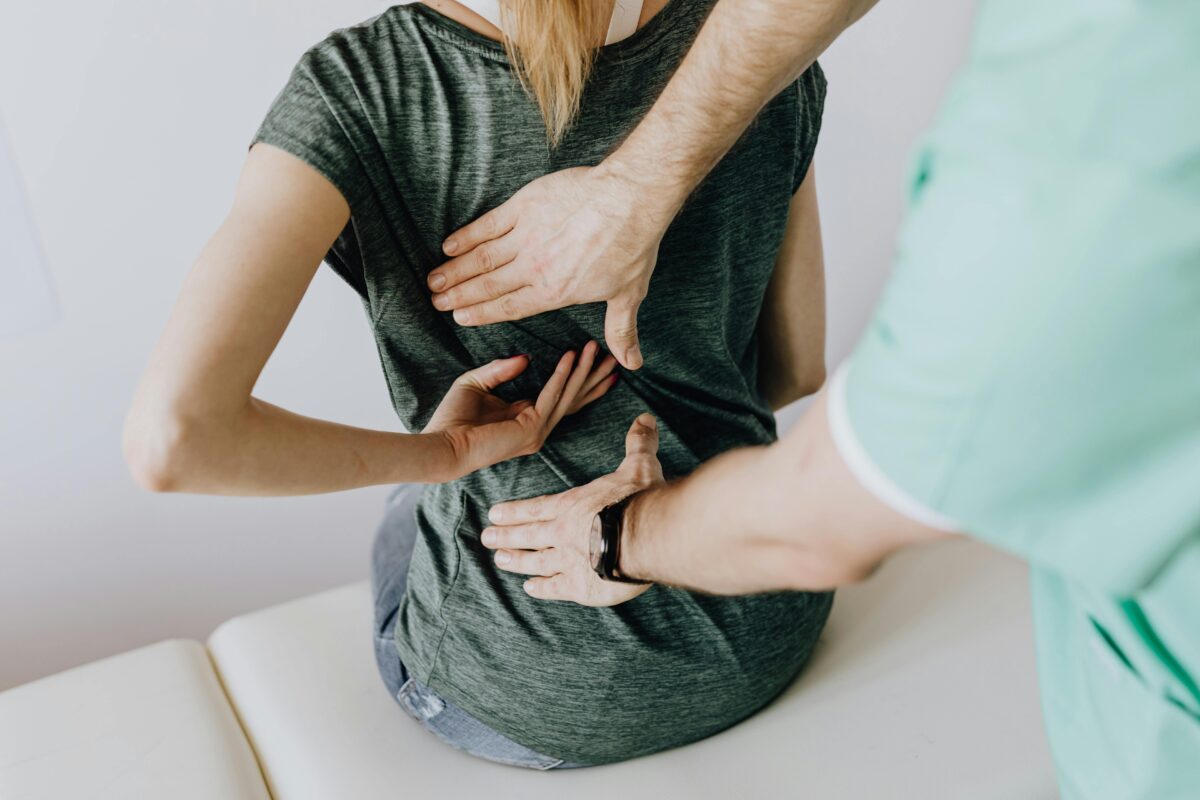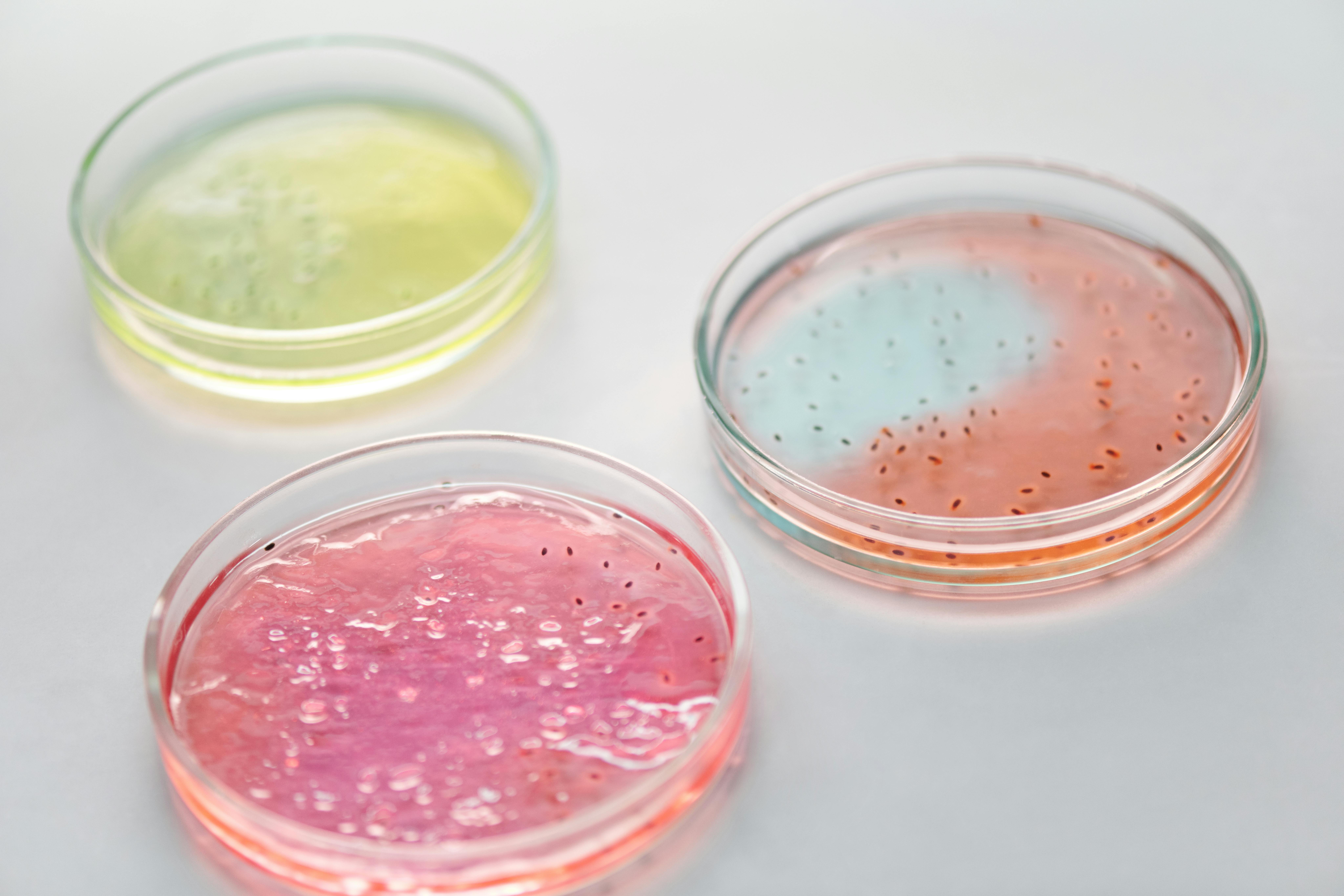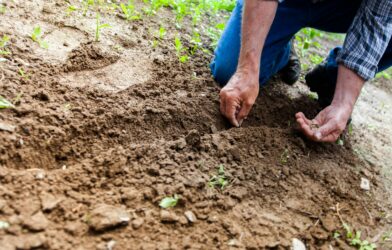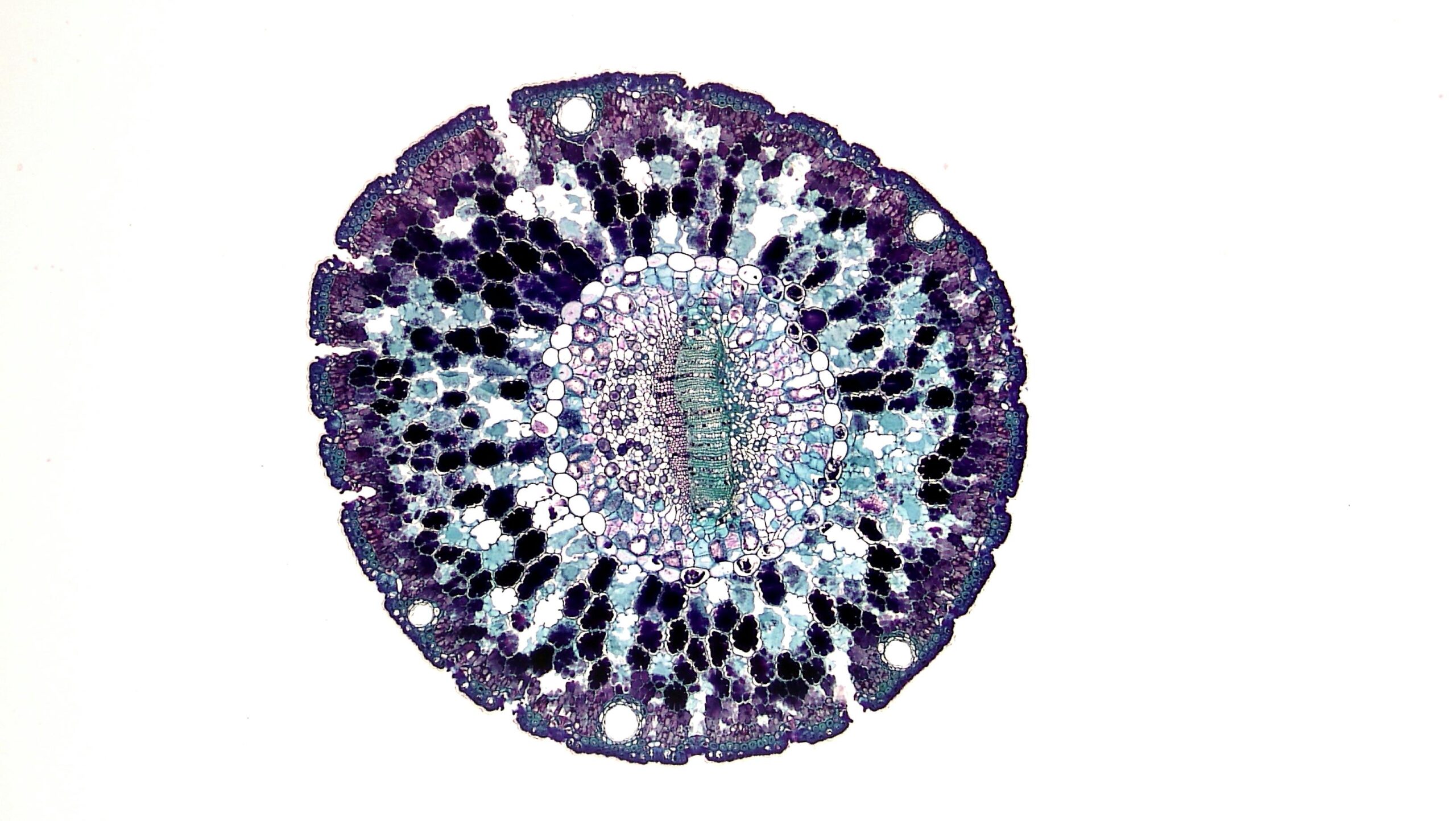A surprising new study suggests that the cause of millions of Americans’ chronic back pain may be rooted in an unexpected place: your gut. For years, doctors have attributed lumbar degenerative spondylolisthesis (LDS)—a painful condition where a vertebra in the lower spine slips out of place—to factors like aging, genetics, and obesity. But a recent paper published in the journal JOR Spine reveals a significant connection between LDS and an imbalance of bacteria in the gut. The groundbreaking research points to a “spine-gut axis,” where a less-than-healthy gut microbiome, a condition known as dysbiosis, might be contributing to the very inflammation that causes this painful spinal slippage.
The Hidden Link Between Your Gut and Spine
Back pain is a notoriously complex and widespread issue, affecting millions worldwide. When it comes to the specific type of pain caused by lumbar degenerative spondylolisthesis (LDS), the traditional understanding has focused on structural problems. The condition typically happens as we age, when the discs between our vertebrae begin to degenerate, allowing one bone to slide forward over the other. The pain that follows can be debilitating and, in some cases, requires surgery.
The role of the gut microbiome has largely been overlooked in the conversation around back pain. This vast community of trillions of bacteria and other microorganisms in our intestines is often called the body’s “hidden organ,” as it plays a crucial role in everything from digestion and immunity to our overall health. Researchers have begun exploring how an unhealthy gut can create a state of chronic, low-grade inflammation throughout the body. The findings from this latest study provide evidence that this inflammation could be a contributing factor to the degeneration of the spine. The researchers found a distinct difference in the gut bacteria of people with LDS compared to those without it, even after controlling for other factors that could influence the outcome.
An Investigation Into the Gut-Spine Axis
To investigate this connection, a team of researchers at Rush University Medical Center conducted a detailed study with a small group of 33 adult patients. All of the patients were symptomatic and scheduled for spinal surgery. The researchers carefully split the group into two: 21 people who had LDS and 12 who did not. By analyzing the gut bacteria from stool samples and comparing them to the patients’ medical images and health records, the researchers were able to draw a direct comparison. The study was conducted as a cross-sectional analysis, which means it took a snapshot of the patients at a single point in time to see if a link existed.
A vital aspect of this research was that the patients in both groups were similar in key areas such as age, gender, race, body mass index, and smoking history. This consistency is important because it helped the researchers conclude that the differences they observed in the gut microbiome were not simply due to other common risk factors for back pain. The study’s small sample size is a notable limitation, meaning more research with larger and more diverse groups of patients is needed to confirm these results.
Implications for Future Treatments
The study revealed significant differences in the bacterial communities residing in the guts of the two groups. One of the most telling results was a notably higher ratio of Firmicutes to Bacteroidota bacteria in the patients with LDS. This ratio is often a sign of an imbalanced gut environment. In the guts of patients with LDS, the researchers found an increase in bacteria associated with inflammation, such as Dialister, while seeing a decrease in bacteria typically known for their anti-inflammatory properties. This discovery gives weight to the idea that a person’s microbiome might be actively creating an inflammatory state that could be linked to spine degeneration.
These findings mark a new direction for potential treatments, moving the focus away from just the physical symptoms of spinal slippage and toward restoring a healthy balance in the gut. The implication is clear: The health of our gut is profoundly intertwined with the health of our spine. It is time for the medical community to look beyond traditional risk factors and consider that the journey to a healthier back may begin in an unexpected place. This work lays the foundation for a new era of research where the focus will shift from simply treating the symptoms of chronic back pain to understanding and addressing its hidden origins.
Paper Summary
Methodology
The study was a cross-sectional analysis conducted with a small sample of 33 symptomatic adult patients. The patients were split into two groups: 21 with lumbar degenerative spondylolisthesis (LDS) and 12 without. Researchers collected stool samples to analyze the gut microbiome and used imaging studies, such as MRI, to confirm the presence of LDS. The study compared the microbial communities and various clinical factors between the two groups.
Results
There were no significant differences in demographics like age, sex, BMI, smoking history, or pain profiles between the LDS and non-LDS groups. However, the study found that LDS patients had a significantly higher disc degeneration score. They also had a significantly higher ratio of Firmicutes to Bacteroidota bacteria in their guts. Furthermore, the LDS group showed an increase in bacteria associated with inflammation (Dialister, CAG-352) and a decrease in anti-inflammatory bacteria (Slackia, Escherichia-Shigella).
Limitations
A key limitation noted by the researchers is the study’s small sample size. The paper also states that the etiology of LDS remains “inconclusive” and that the role of gut dysbiosis in spine health is “under-studied”.
Funding and Disclosures
The research was supported by the Thomas J. Coogan Sr., MD, Chair of Immunology Endowment and the National Institutes of Health under grant R21AR079679.
Publication Information
The paper, titled “Gut microbiome dysbiosis is associated with lumbar degenerative spondylolisthesis in symptomatic patients,” was published in the open-access journal JOR Spine in 2024. The DOI is 10.1002/jsp2.70005.












